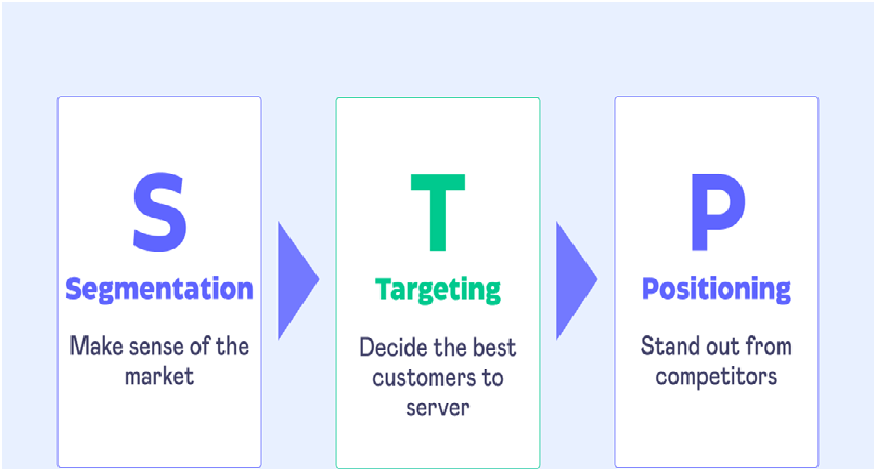Unveiling the Power of STP Marketing: A Guide to Utilizing the STP Model in Your Performance Marketing Course

Introduction:
In the ever-evolving landscape of marketing, understanding your target audience is paramount. One effective strategy that aids in this process is Segmentation, Targeting, and Positioning (STP) marketing. In this blog post, we’ll delve into what STP marketing is and how you can leverage the STP model to enhance your performance marketing course.
Understanding STP Marketing:
STP marketing is a strategic approach that involves dividing a heterogeneous market into smaller, more manageable segments, selecting the most lucrative segments (targeting), and then positioning your product or service to resonate with the unique needs and preferences of those selected segments. This methodology ensures a more focused and personalized marketing strategy, increasing the likelihood of resonating with your audience and driving engagement.
Segmentation:
Demographic Segmentation: This involves categorizing the target market based on demographic factors such as age, gender, income, education, and occupation. For a performance marketing course, understanding the demographics of potential students can help tailor marketing messages and content to be more relevant.
Geographic Segmentation: Dividing the market based on geographic locations helps customize marketing efforts to suit the cultural and regional nuances. For instance, a performance marketing course may have different appeals for students in various locations due to regional industry preferences or job opportunities.
Psychographic Segmentation: This focuses on understanding the psychological traits, lifestyles, and values of the target audience. In a performance marketing course context, psychographic segmentation could help identify the motivations and aspirations of potential students, allowing for more effective communication.
Targeting:
Once segmentation is complete, the next step is targeting – selecting the most promising segments to focus your marketing efforts. In the realm of a performance marketing course, effective targeting involves identifying individuals with a genuine interest in honing their skills in performance marketing. Targeting may also consider factors such as the level of expertise, previous educational background, or specific industries of interest.
Positioning:
Positioning is about creating a distinct and favorable image of your product or service in the minds of your target audience. For a performance marketing course, effective positioning might involve emphasizing unique features, such as hands-on practical experience, industry-relevant curriculum, or access to experienced instructors. Crafting a compelling and differentiated value proposition is crucial to stand out in the competitive landscape of performance marketing education.
How to Use the STP Model in Your Performance Marketing Course:
Market Research: Begin by conducting thorough market research to identify the various segments within the performance marketing education space. Understand the needs, preferences, and pain points of potential students.
Segmentation: Use the gathered data to segment your target audience based on relevant criteria. This might include the level of expertise, career goals, or preferred learning formats. By creating distinct segments, you can tailor your marketing messages more effectively.
Targeting: Select the segments that align best with the goals and offerings of your performance marketing course. This step involves prioritizing segments based on their potential for engagement, conversion, and long-term value.
Positioning: Develop a compelling positioning strategy that highlights the unique benefits and features of your performance marketing course. This could involve showcasing success stories, emphasizing industry partnerships, or highlighting cutting-edge curriculum elements.
Integrated Marketing Campaigns: Implement integrated marketing campaigns that align with the preferences of your targeted segments. Leverage a mix of digital channels, content marketing, social media, and email marketing to reach and engage with your audience effectively.
Feedback and Iteration: Continuously gather feedback from students and monitor the performance of your marketing campaigns. Use this information to iterate and refine your segmentation, targeting, and positioning strategies over time.
Conclusion:
STP marketing is a powerful tool that, when applied effectively, can significantly enhance the success of your performance marketing course. By understanding the unique needs of your audience, segmenting strategically, targeting the most promising segments, and positioning your course distinctively, you can create a compelling value proposition that resonates with potential students. Embrace the STP model, and watch as your performance marketing course becomes a sought-after choice in the competitive education landscape.







